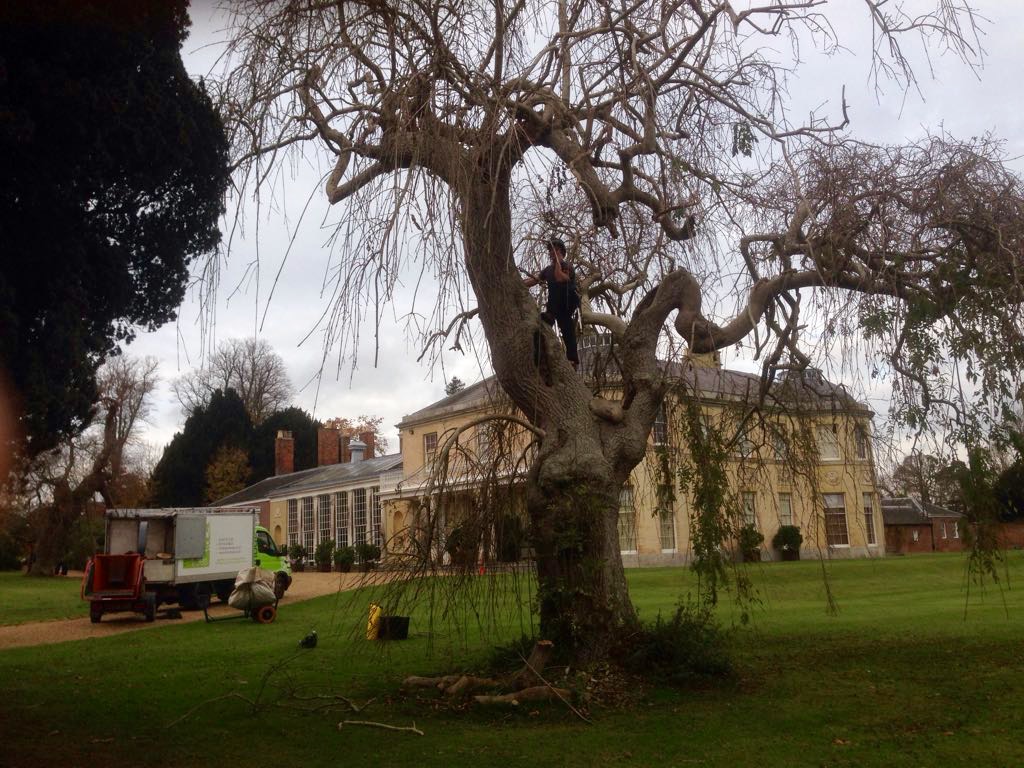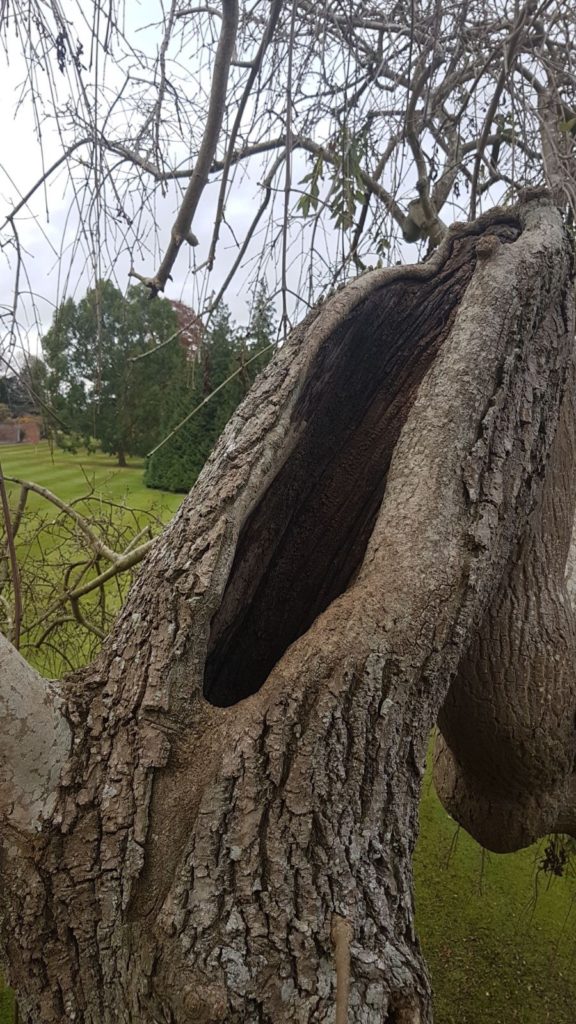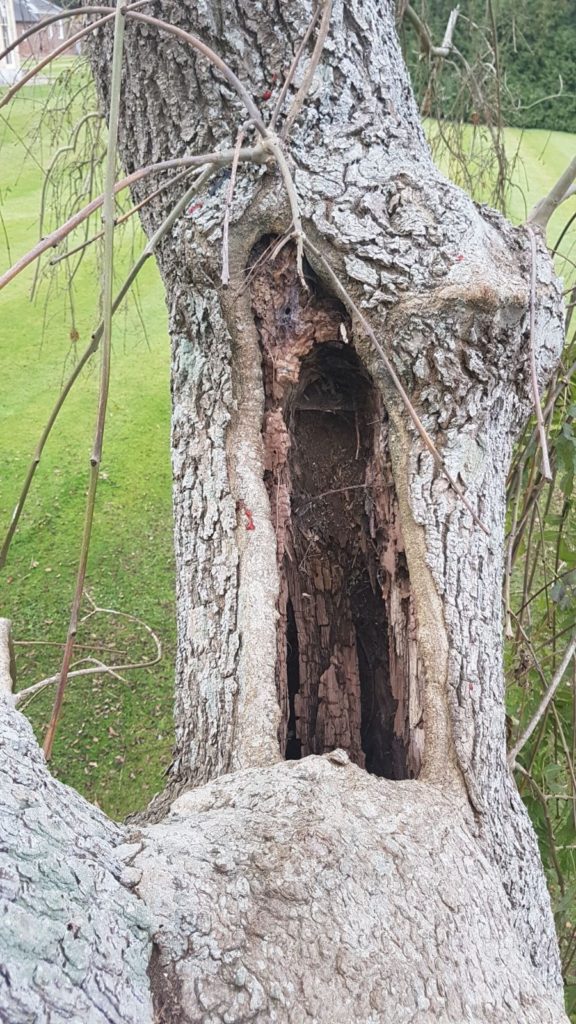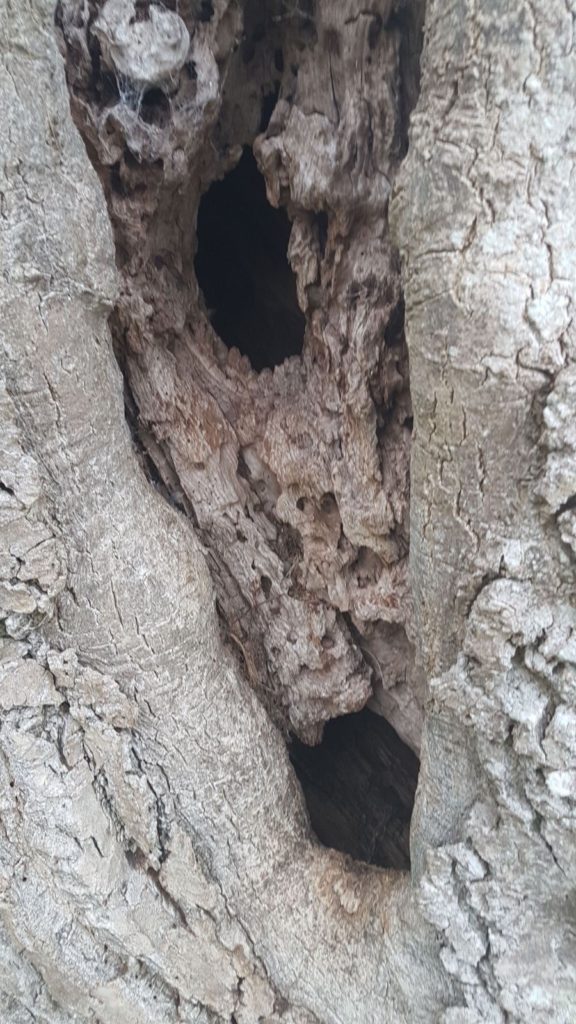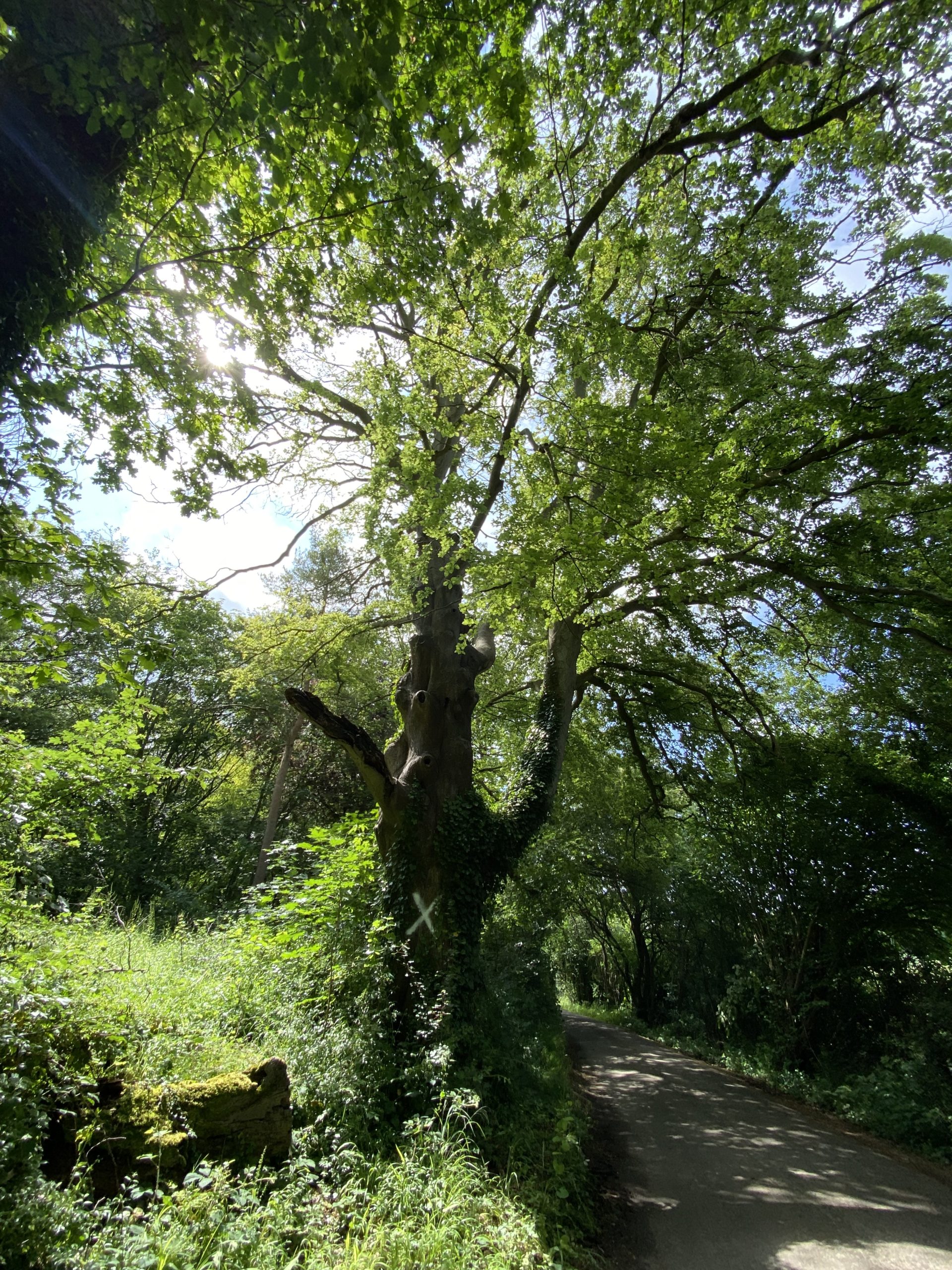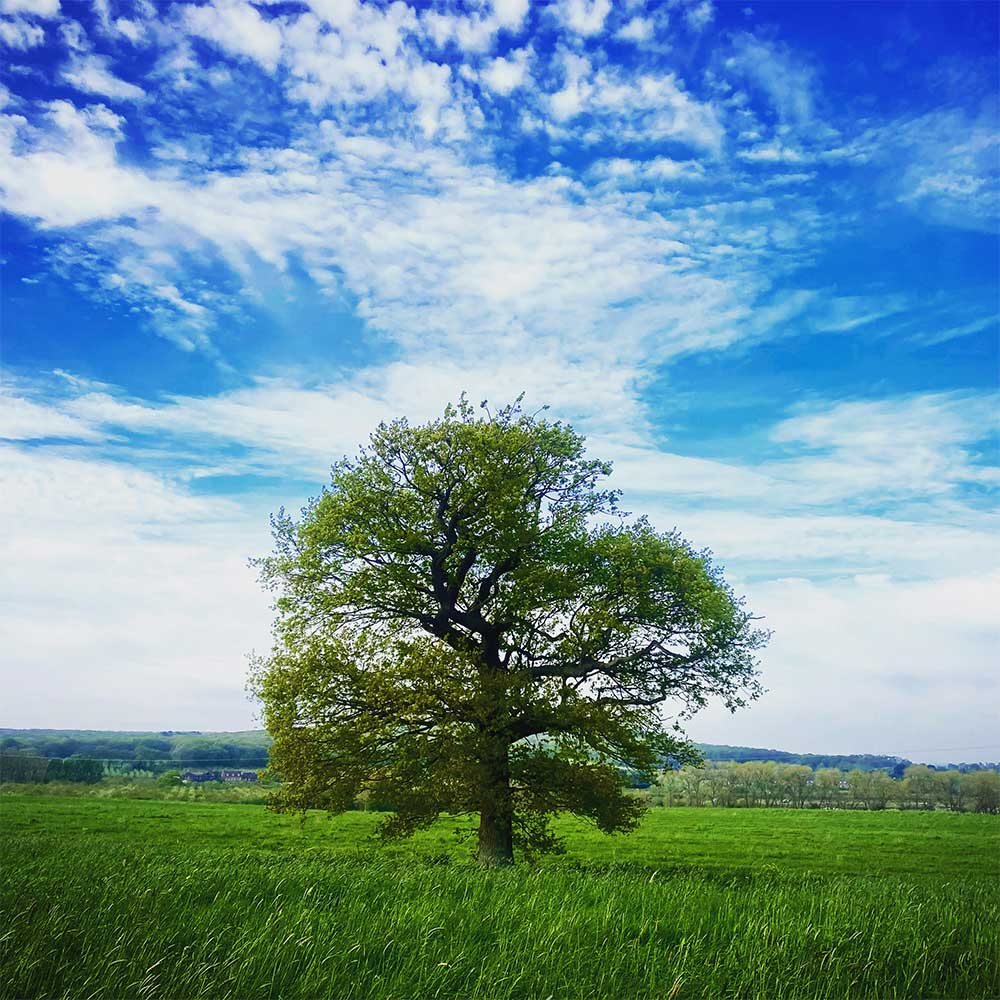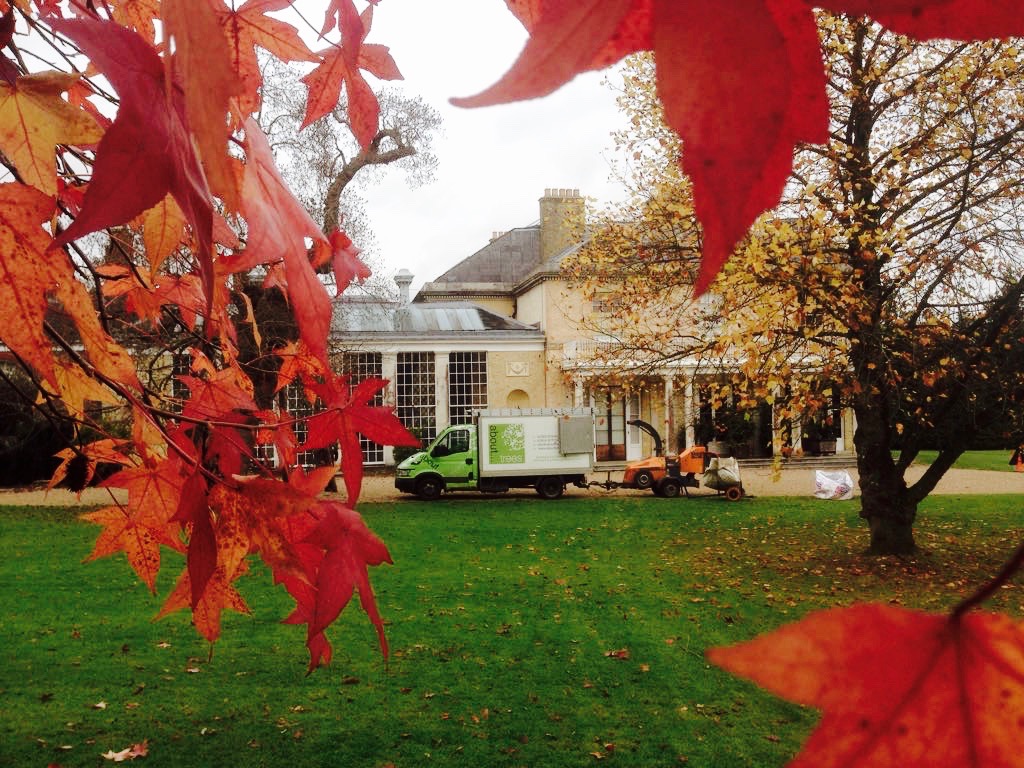The Importance of Tree Maintenance: An Investment in Safety and Value
Hello, I’m Wayne, the director of About Trees Ltd, a leading tree surgeon based in Kent.
For the past 26 years, I have devoted my career to the preservation, maintenance, and nurturing of trees. Over time, it has become clear to me that tree care is not just about environmental stewardship, but also about safeguarding people’s lives, property, and financial wellbeing.
Research into UK insurance claims highlights the significant role tree-related damages play in the claim statistics each year. According to the Financial Ombudsman Service [1], the causes of tree-related claims are diverse, but common reasons include storm damage, root-induced structural damage, and falling branches. The risks of neglecting tree care can, therefore, result in substantial financial and legal repercussions. Most of these issues are avoidable if you look after your trees.
Safety is Paramount
The leading insurance claims in the UK are often associated with weather-related incidents, particularly storm damage [2]. Trees that lack professional care pose a significant risk during severe weather conditions. Weak branches can break off, potentially causing severe damage to property and posing a threat to life. By instructing professional tree care services like ours, potential risks can be identified and mitigated in a timely manner, which in turn can protect you from costly insurance claims and more importantly, ensure the safety of your family, business, and the public.
Investing in Property Value
Well-maintained trees can significantly enhance the aesthetics and value of your property. According to the Arboricultural Association [3], a property surrounded by mature, healthy trees can see an overall value increase by as much as 20%. Conversely, properties hosting ill-maintained or dead trees can experience a substantial drop in appeal, and by extension, value. Regular professional tree care helps maintain or increase your property’s value, making it a worthwhile investment.
Understanding Legal Responsibility
In the UK, the responsibility of maintaining a tree lies with the owner, and failure to do so could potentially lead to legal action [4]. If a tree causes harm or damage, the owner can be held legally accountable. By ensuring regular professional tree care, you can stay ahead of potential issues, prevent legal complications and maintain peace of mind.
Promoting Tree Health
Regular tree care and inspections are crucial in detecting signs of disease or infestation at an early stage, enabling timely treatment to prevent further spread. This practice not only contributes to the longevity and health of your trees but also to the health of the wider local ecosystem.
Understanding the importance of regular, professional tree care is the first step. The next, and equally important step, is to act on it. At About Trees Ltd, we offer comprehensive tree care services driven by passion and deep industry experience. From regular inspections, pruning, removal of dangerous trees, to emergency callouts, we’re here to cater to all your tree care needs.
We invite you to take the first step towards ensuring the safety of your property and enhancing its value. Schedule a consultation with us today via our easy online booking system at About Trees Ltd Online Booking. Together, we can work towards preserving the health, safety, and beauty of your trees.
References
[1] Financial Ombudsman Service. (2023). Annual Review of Consumer Complaints. www.financial-ombudsman.org.uk.
[2] Association of British Insurers. (2023). UK Insurance and Long-Term Savings Key Facts. www.abi.org.uk.
[3] Arboricultural Association. (2023). Trees and Property Values. www.trees.org.uk.
[4] UK Government. (2023). High Hedges, Trees and Overgrowth. www.gov.uk.




